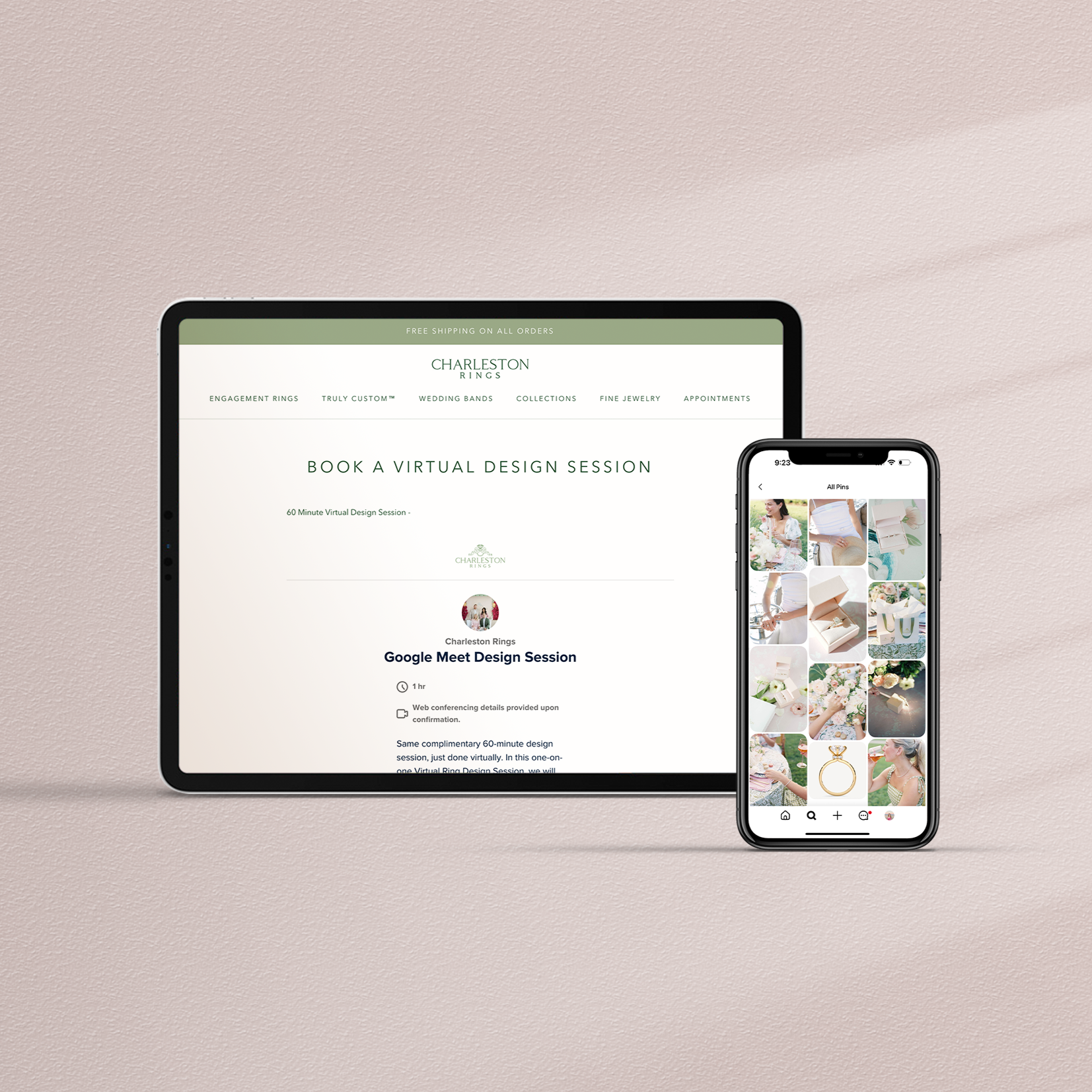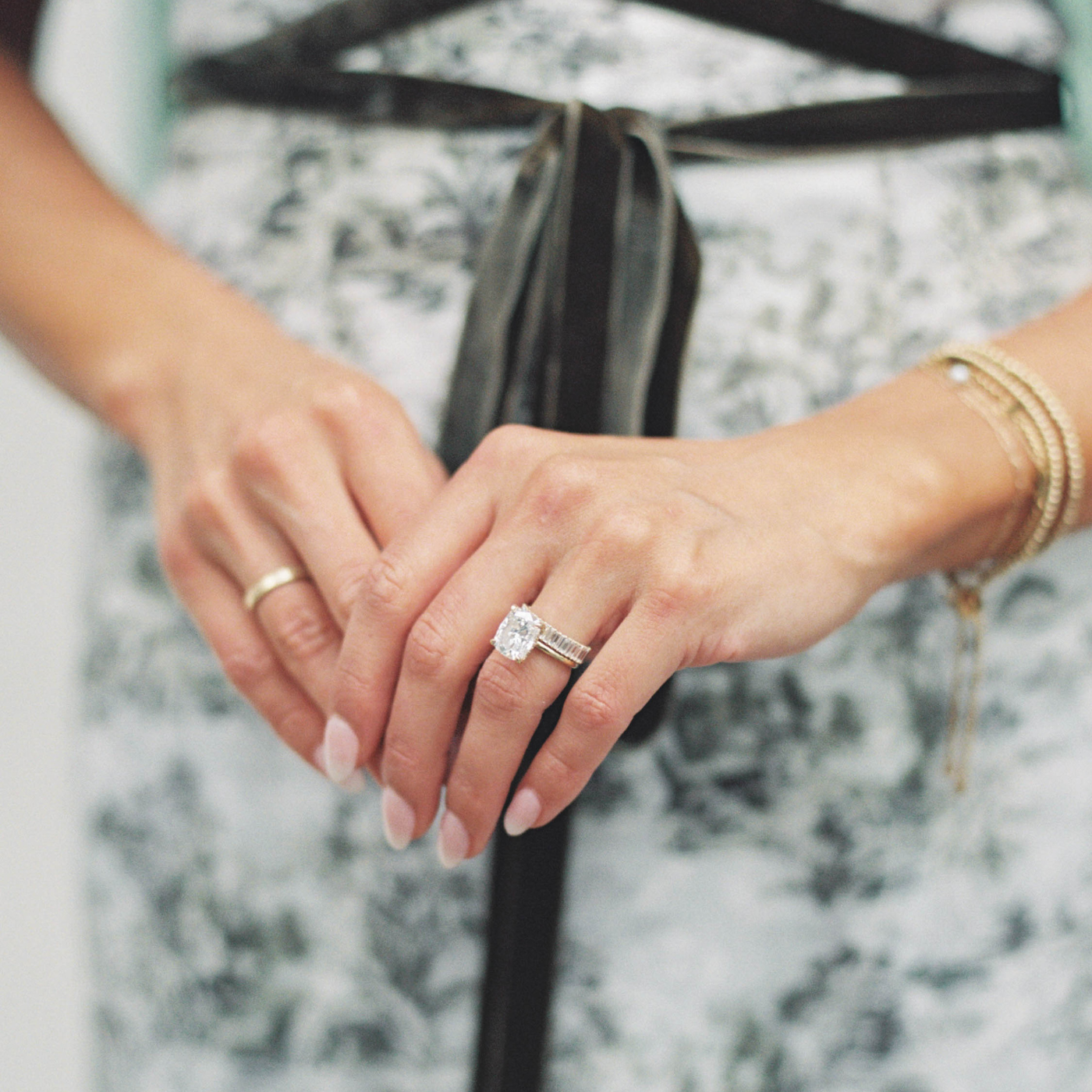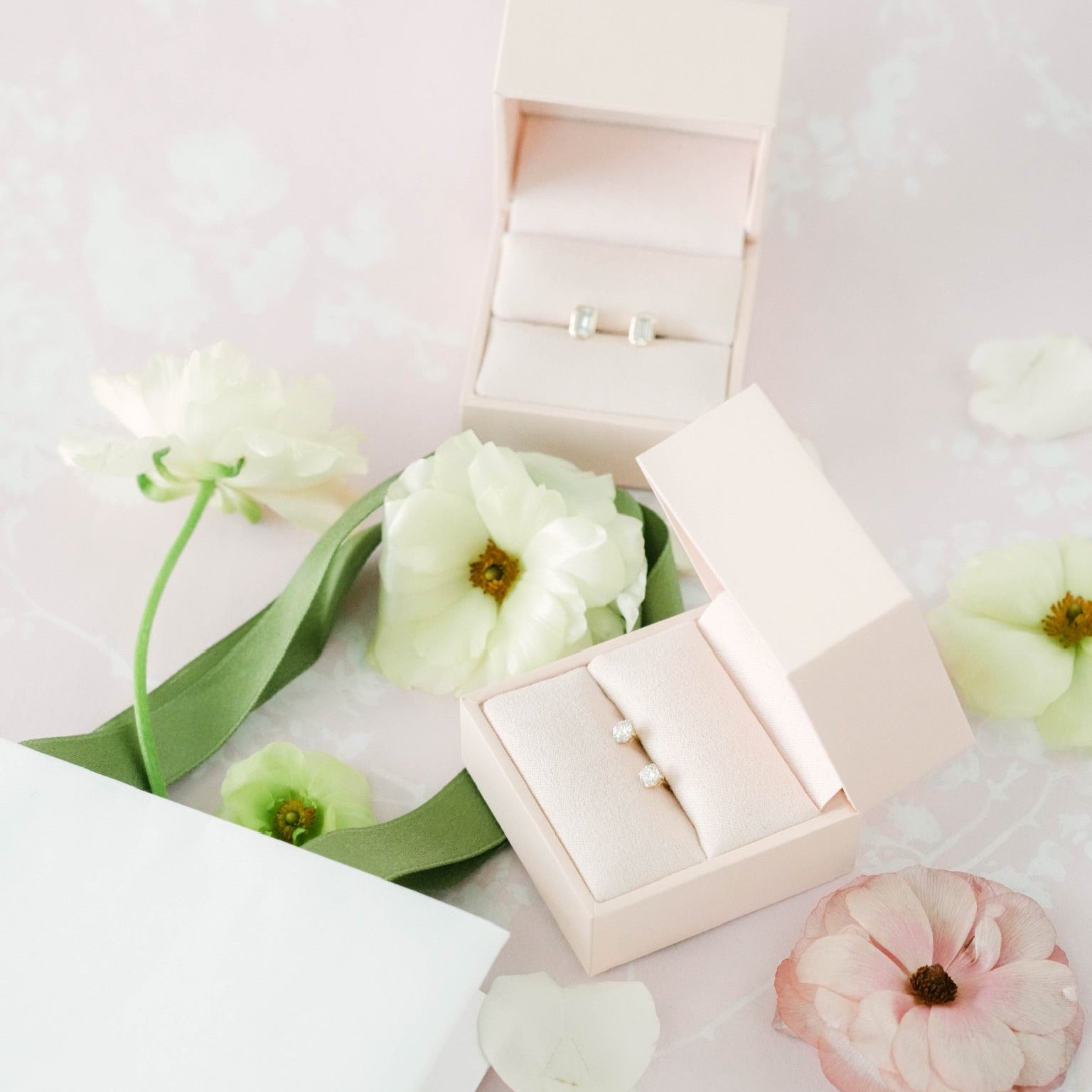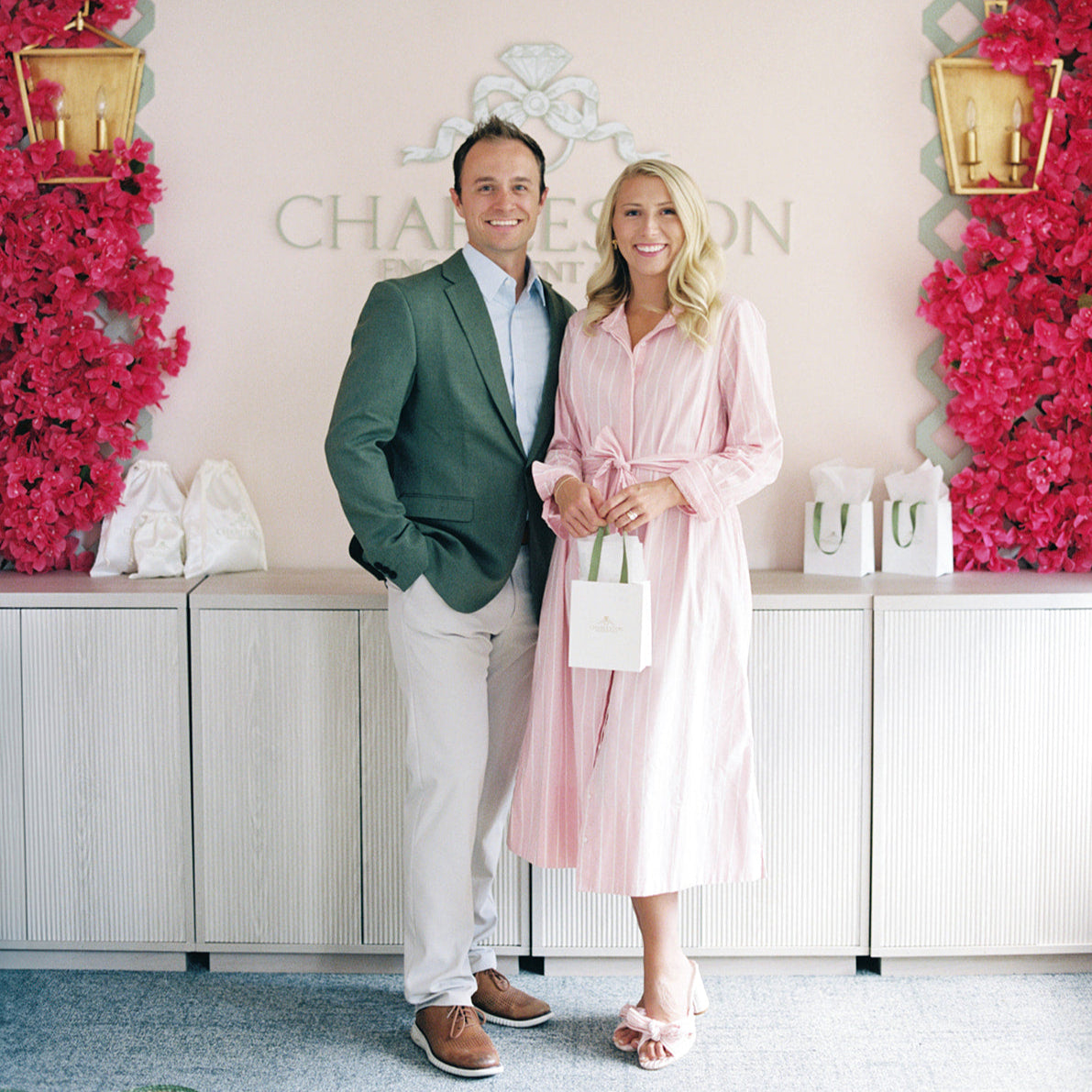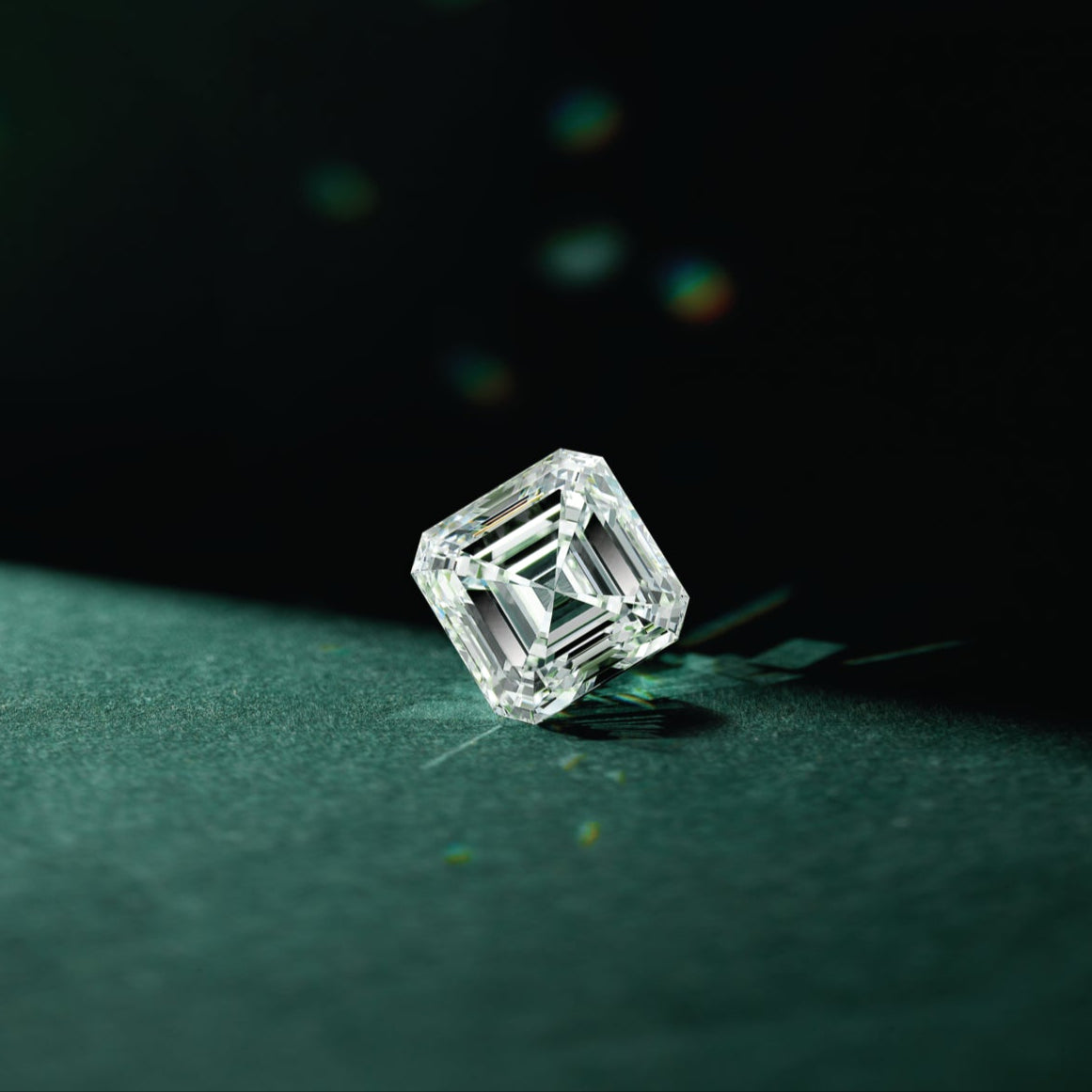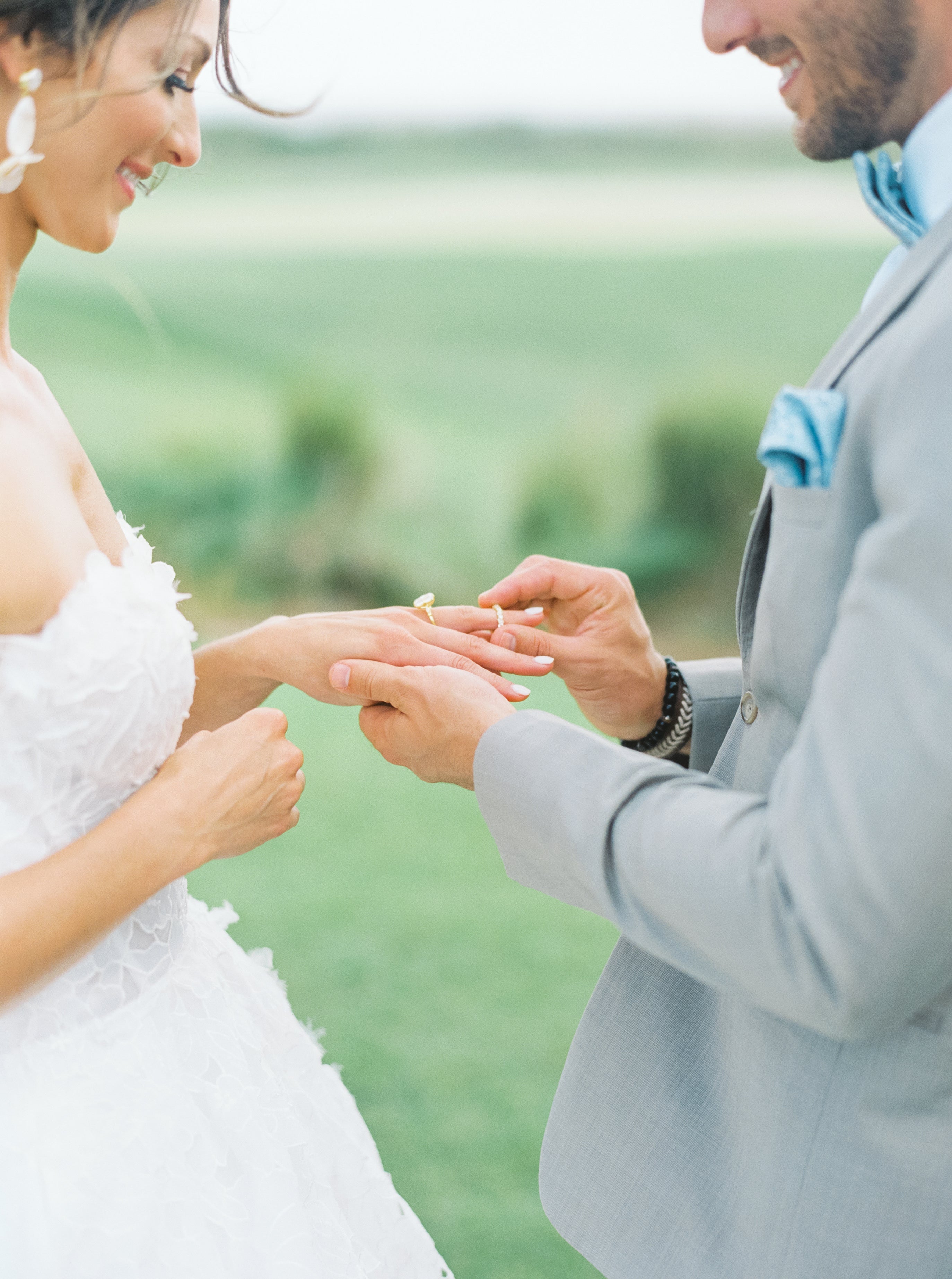
the ultimate guide to caring for your lab-grown diamond: preserving brilliance and integrity
Introduction
Whether it's an engagement ring, a wedding band, or a piece of fine jewelry, a lab-grown diamond is a significant investment that symbolizes love, commitment, or personal achievement. Just like any valuable investment, it requires proper care to maintain its brilliance and integrity over time.
In this comprehensive guide, we'll walk you through the essential steps to care for your lab-grown diamond, including ways to prevent unnecessary wear and tear to keep your ring looking its best for years to come.
Understanding Lab-Grown Diamonds: A Quick Recap
Before diving into the care guide, it's crucial to understand what lab-grown diamonds are. These diamonds are chemically, physically, and optically identical to mined diamonds. They are created in controlled environments using advanced technologies like Chemical Vapor Deposition (CVD) or High-Pressure High-Temperature (HPHT). Because they share the same properties as mined diamonds, the care and maintenance for lab-grown diamonds are similar.
Routine Cleaning: The Foundation of Diamond Care
Why It's Important
Over time, diamonds can lose their sparkle due to the accumulation of dirt, oils, and residues from lotions or other cosmetic products. Regular cleaning helps maintain the diamond's brilliance.
How to Do It
Frequency
Perform this cleaning once every two weeks for optimal results.
Professional Cleaning: For That Extra Sparkle
Why It's Important
While routine cleaning is effective for general maintenance, a professional cleaning can restore your diamond's brilliance to its original glory.
How to Do It
Frequency
A professional cleaning is recommended at least once a year.
Daily Wear and Tear: Prevention is Better Than Cure
Why It's Important
Daily activities can expose your diamond to potential damage. While diamonds are hard, they are not indestructible.
How to Prevent Unnecessary Wear and Tear
Storage: Keep It Safe and Separate
Why It's Important
Proper storage prevents your diamond from getting scratched and protects it from environmental factors that can dull its shine.
How to Do It
Regular Inspections: Catch Issues Before They Worsen
Why It's Important
Regular inspections can help you identify any loose settings, chips, or other issues before they become major problems.
How to Do It
Frequency
Perform a visual inspection monthly and a professional inspection annually.
Insurance: Protect Your Investment
Why It's Important
Despite your best efforts, accidents can happen. Insurance provides financial protection against loss, theft, or damage.
How to Do It
Emergency Care: What to Do When Accidents Happen
Why It's Important
Knowing what to do in the event of an accident can minimize damage and expedite repair.
How to Do It
Special Considerations for Different Settings
Different settings may require additional or specialized care. For example:
Conclusion
A lab-grown diamond is a cherished possession that deserves meticulous care. By following this comprehensive guide, you can ensure that your diamond retains its brilliance and structural integrity for years to come. From routine cleaning and professional maintenance to daily wear-and-tear prevention, each step plays a crucial role in preserving the beauty of your lab-grown diamond.
At Charleston Engagement Rings, we're committed to helping you enjoy your lab-grown diamond to the fullest. Our Expert Guides are always available to provide personalized advice and professional services to keep your diamond in impeccable condition. After all, caring for your diamond is not just about maintaining a piece of jewelry; it's about preserving a symbol of love, commitment, and personal achievement.




